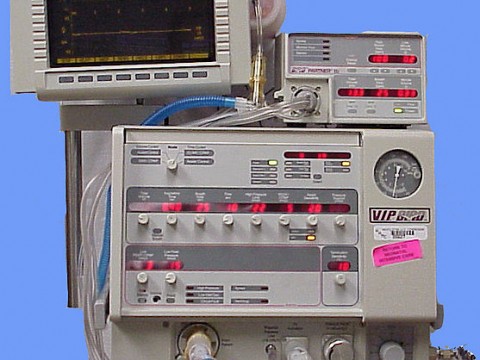RDS Requires Baby Needs Assistance to Breathe
Hyaline membrane disease, or respiratory distress syndrome (RDS) is a condition which results in the baby needing assistance to breathe, usually in the form of oxygen. RDS occurs when a baby is born without enough surfactant, a substance in the lungs. By about the 35th week of gestation, most babies are born with enough surfactant to breathe on their own once born. If there is insufficient surfactant in the lungs, then the air sacs in the lungs collapse making it harder to breathe. As they collapse, damaged cells build up in the baby’s airways impairing their breathing even further. As the baby struggles to breathe, their lung function decreases causing less oxygen to be taken into the lungs and carbon dioxide begins to build up in the baby’s blood stream. Without medical assistance, babies with RDS become too exhausted from the effort of breathing and they eventually give up.

RDS More Common in Preterm Babies
RDS is more common in preterm babies than full term ones. In fact, 60 to 80 percent of all babies born before 28 weeks gestation have RDS, while 15 to 30 percent of babies born between week 32 and 36 have it. Of those babies who are born at week 30, about 25 percent of them have RDS severe enough to require a ventilator.
RDS can be exacerbated by the size and age of the baby, if there is a secondary infection, or if they have a heart condition.
It is typically only premature babies that develop RDS, but there are other known risks that can cause RDS.
- Caucasian and male babies are more prone to RDS
- Previous babies born with RDS
- Delivery by cesarean
- Perinatal infection
- Multiple babies
- Babies born from diabetic mothers
- Perinatal asphyxia (before, during or after birth lack of air)
Babies born with RDS exhibit the following symptoms:
- Difficulty breathing that gets worse
- They look blue
- Flaring nostrils
- Rapid breathing
- Grunt while breathing
- Chest retractions (sucking the chest in with each breath)
RDS can have Severe Complications